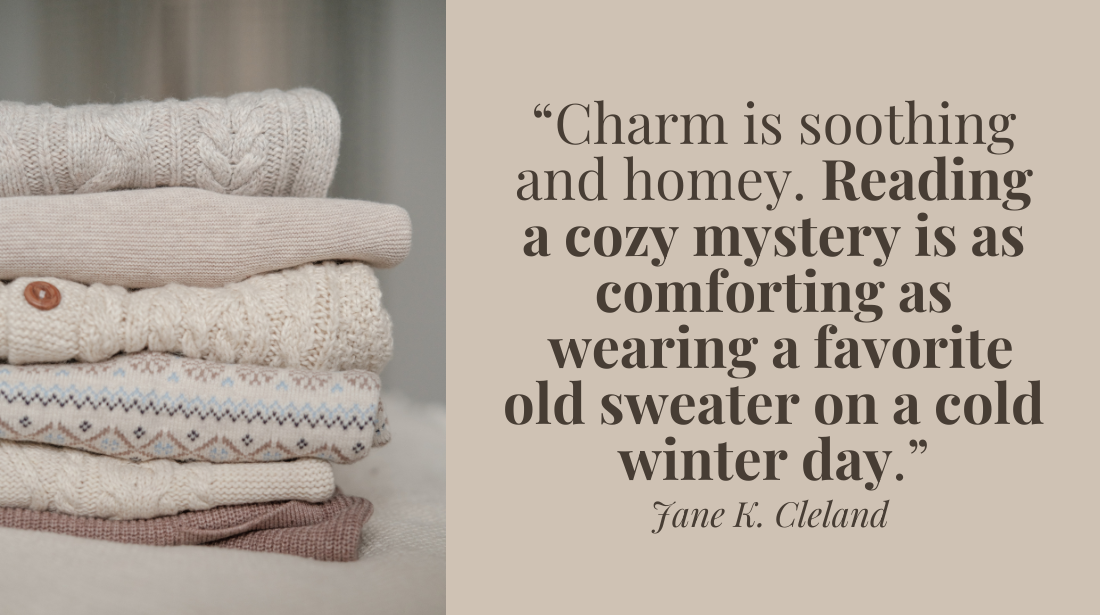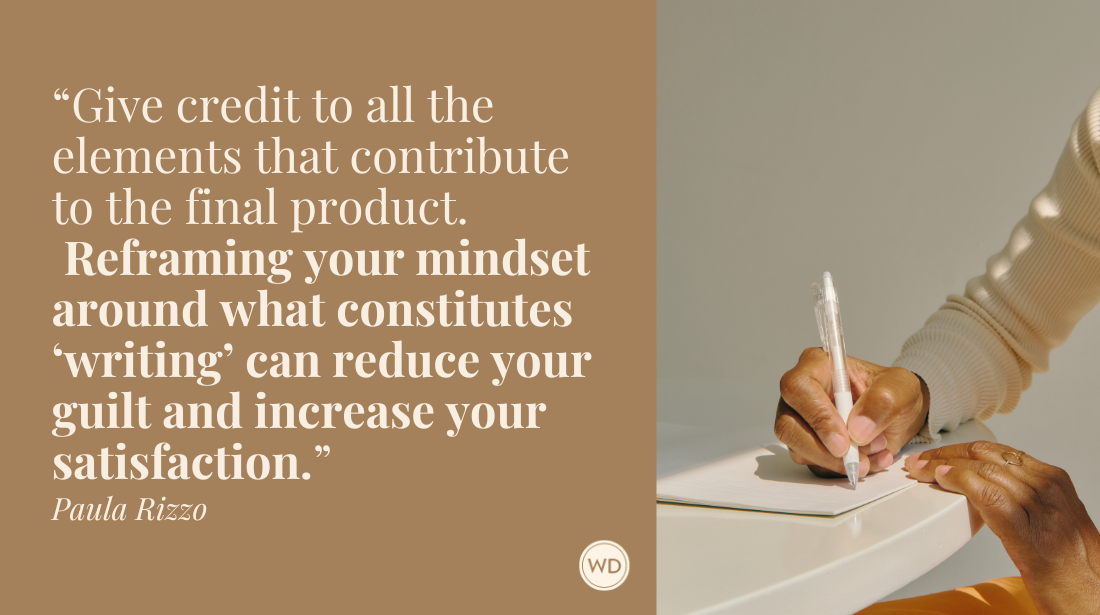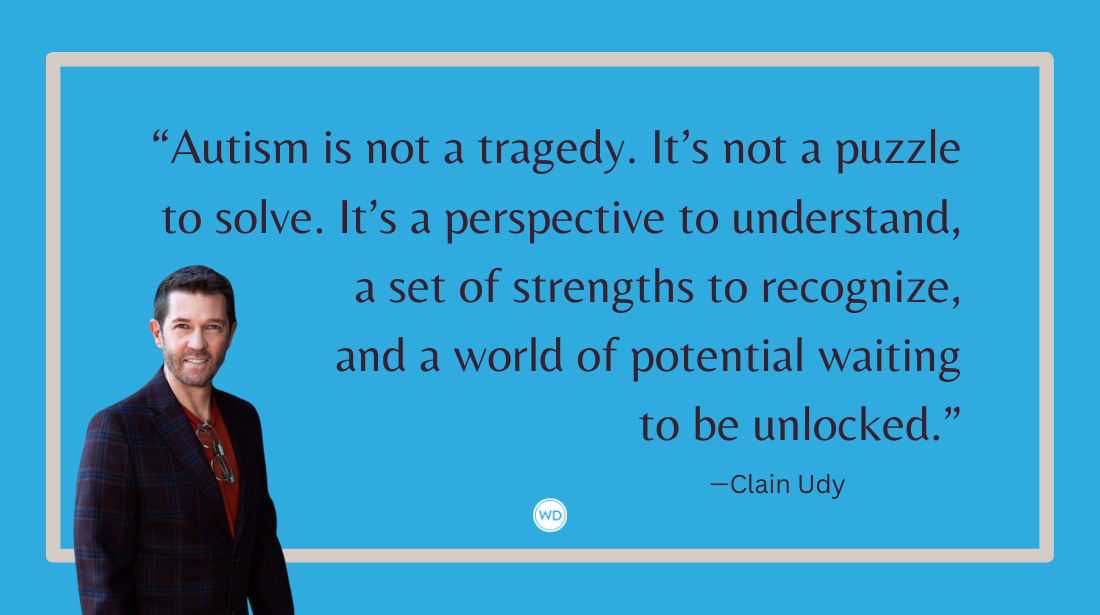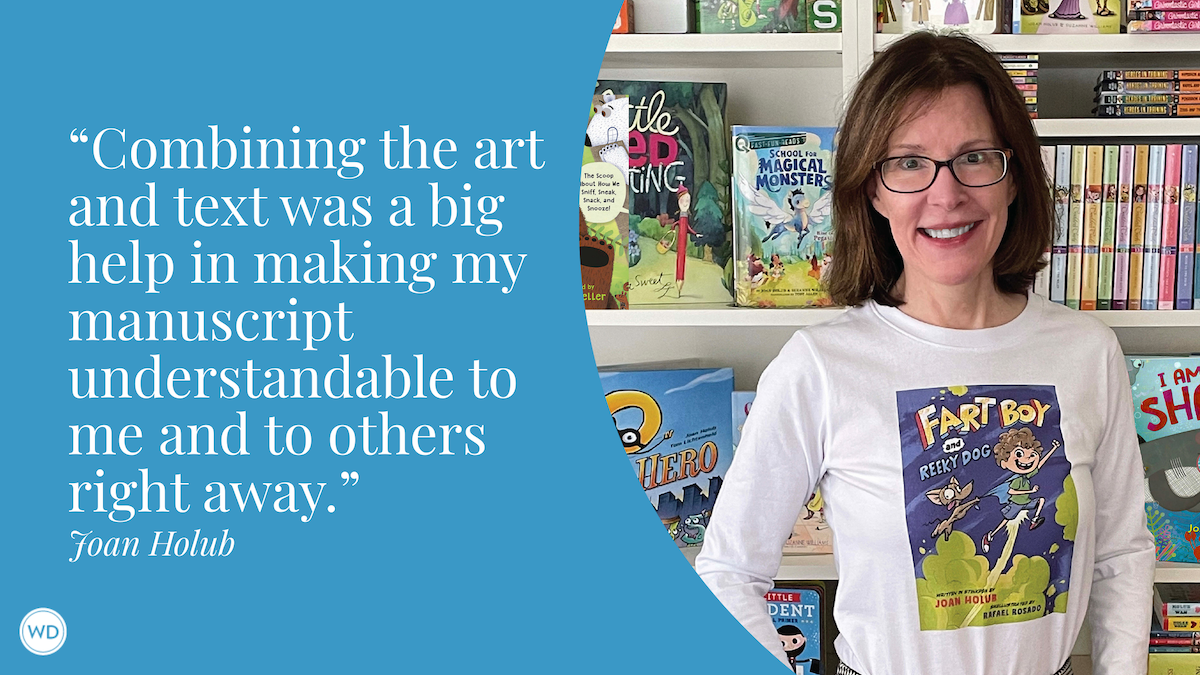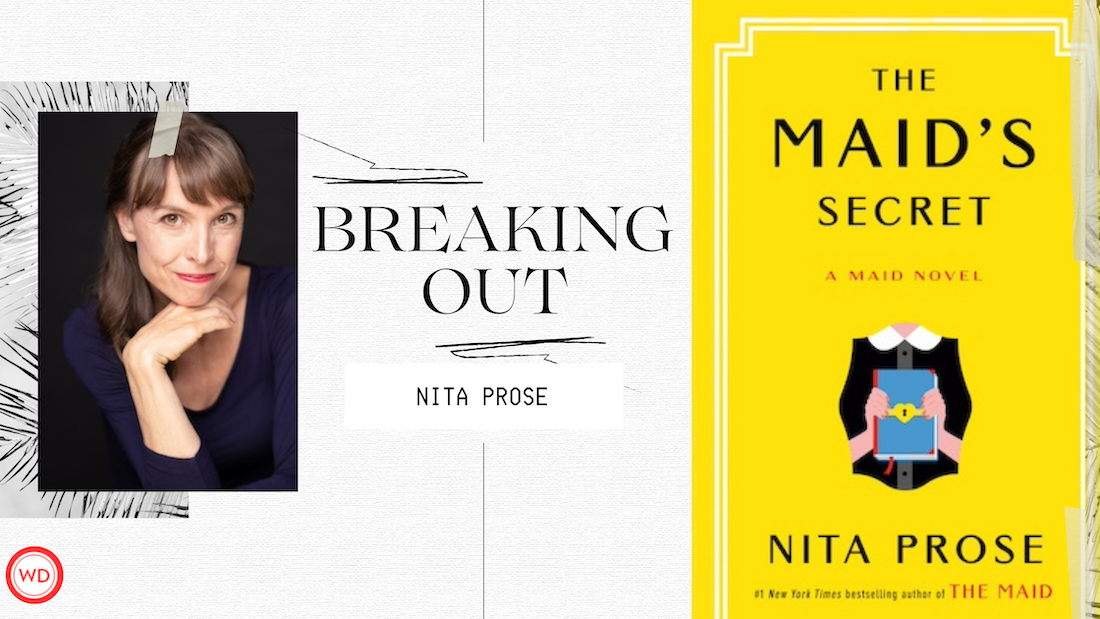Writing Mistakes Writers Make: Not Breaking Writing Rules
The Writer’s Digest team has witnessed many writing mistakes over the years. This week’s writing mistake is not breaking writing rules.
Everyone makes mistakes—even writers—but that's OK because each mistake is a great learning opportunity. The Writer's Digest team has witnessed many mistakes over the years, so we started this series to help identify them early in the process. Note: The mistakes in this series aren't focused on grammar rules, though we offer help in that area as well.
Rather, we're looking at bigger picture mistakes and mishaps, including the error of using too much exposition, hiding your pitch, or chasing trends. This week's mistake is not breaking writing rules.
Writing Mistakes Writers Make: Not Breaking Writing Rules
When I was studying creative writing and I had professors who’d published books I adored, I took what they had to say about writing as law. During critique and lecture, I hoarded the writing rules I was learning and tried to implement them all to my stories, thinking This is how I will find success. But over time, I’ve spent more hours trying to make sure my stories were following certain rules than I was trying to listen to what my story needed, regardless of those rules.
Moreover, not only did my writing suffer for trying to follow writing rules, I started to confuse myself on what those writing rules actually were. I’d hear a fellow writer tell me their preference and I’d hear it as a new rule I needed to follow—especially if it came from a writer friend whose work I admired. A friend of mine once said in passing how she didn’t particularly enjoy first-person narratives, so I spent years writing only in third person.
I’ve talked about how writing rules have taken up too much space in my head before, and how worrying about what others expect from my writing has stopped me from writing at all. I think every writer has rules that have haunted them and their drafts for years. Show don’t tell. Your story needs more dialogue. Your sentences are too long. Your world-building needs more logic. But don’t mistake rules that could help your story with rules every writer must implement. There are very few writing rules that are universally necessary, like grammar and vocabulary. (And even those can and should be broken. This is creative writing! Not an English classroom!)
I’ve always said I like to write because I love to read, and reading has always been my greatest teacher. The best way to avoid writing-rules traps is to study the books that break those rules successfully.
Books that Break Writing Rules
Breaking rules is a little bit harder when you’re writing in a particular genre. You must have a happy ending with romance. A mystery has to be solved in a mystery. There should be some sort of magic system in fantasy. But that doesn’t mean genre can’t break rules even with the confines of the genres itself.
The Hunger Games series, for example, breaks so many writing rules, it’s a wonder those books work at all—but they do. The oft-misunderstood “show, don’t tell” is necessarily disregarded in this series. Since the original trilogy is told in a close first-person narration, there’s virtually no opportunity to show the reader much else beyond what Katniss is experiencing firsthand, and so whenever there’s a need for backstory or understanding, Katniss can only tell us about it. The death of her father, certain District 12 traditions, how she recognized Peeta at the reaping: these are all things we can’t be shown because of the structure Suzanne Collins chose for these stories. The Hunger Games is a great example of how to show what you need to show and to tell us the rest.
I’d also suggest not just reading outside of your preferred genre but reading outside of genre altogether. Books that prioritize writing style over genre often break every single writing rule, and that’s what makes them so fun to read. Literary fiction and magical realism come to mind, and are two of my favorite “genres,” because neither literary fiction nor magical realism are beholden to any rules. They can do whatever they want, happy-endings and logic be damned. Popisho by Author is one of the greatest contemporary magical realism novels I’ve read. It’s otherworldly, fantastical, nonsensical, lush, and rule breaking. Fates and Furies by Lauren Groff is my favorite book of all time, a literary masterpiece that breaks narrative rules, offers genuine surprises, and shows how you can write an epic novel about human nature.
The drafting process is for when to follow writing rules, but editing is when to start breaking them—because much like a film coming together in the cutting room, so does your novel come alive in editing. I would utilize rules to help you get that first rough draft or outline down on paper. But then, it’s your job in editing your story to know which rules to start breaking, to listen to what your story needs, and trust the process of bringing your own creativity to the table. When reading books like the ones I touched on above, pay attention to what surprises you about them. Study those surprises with the same attention to detail we do the rules we’re meant to follow. Why did they surprise you? Can you imagine the story working without it? How can you implement that same feeling of surprise on your own story? Are you willing to break certain rules to make that happen?
Asking yourself these questions and implementing rule-breaking with keep your stories fresh and the writing process more fulfilling.
Michael Woodson is the content editor at Writer's Digest. Prior to joining the WD team, Michael was the editorial and marketing manager for the independent children's book publisher Blue Manatee Press. He was also the associate editor for Artists Magazine and Drawing magazine, and has written for Soapbox Cincinnati, Watercolor Artist, and VMSD magazine. An avid reader, Michael is particularly interested literary fiction and magical realism, as well as classics from Jane Austen, Ernest Hemingway, and E.M. Forster. When he's not reading, he's working on his own stories, going for a run at his favorite park, or cuddling up to watch a movie with his husband Josh and their dog Taran.



